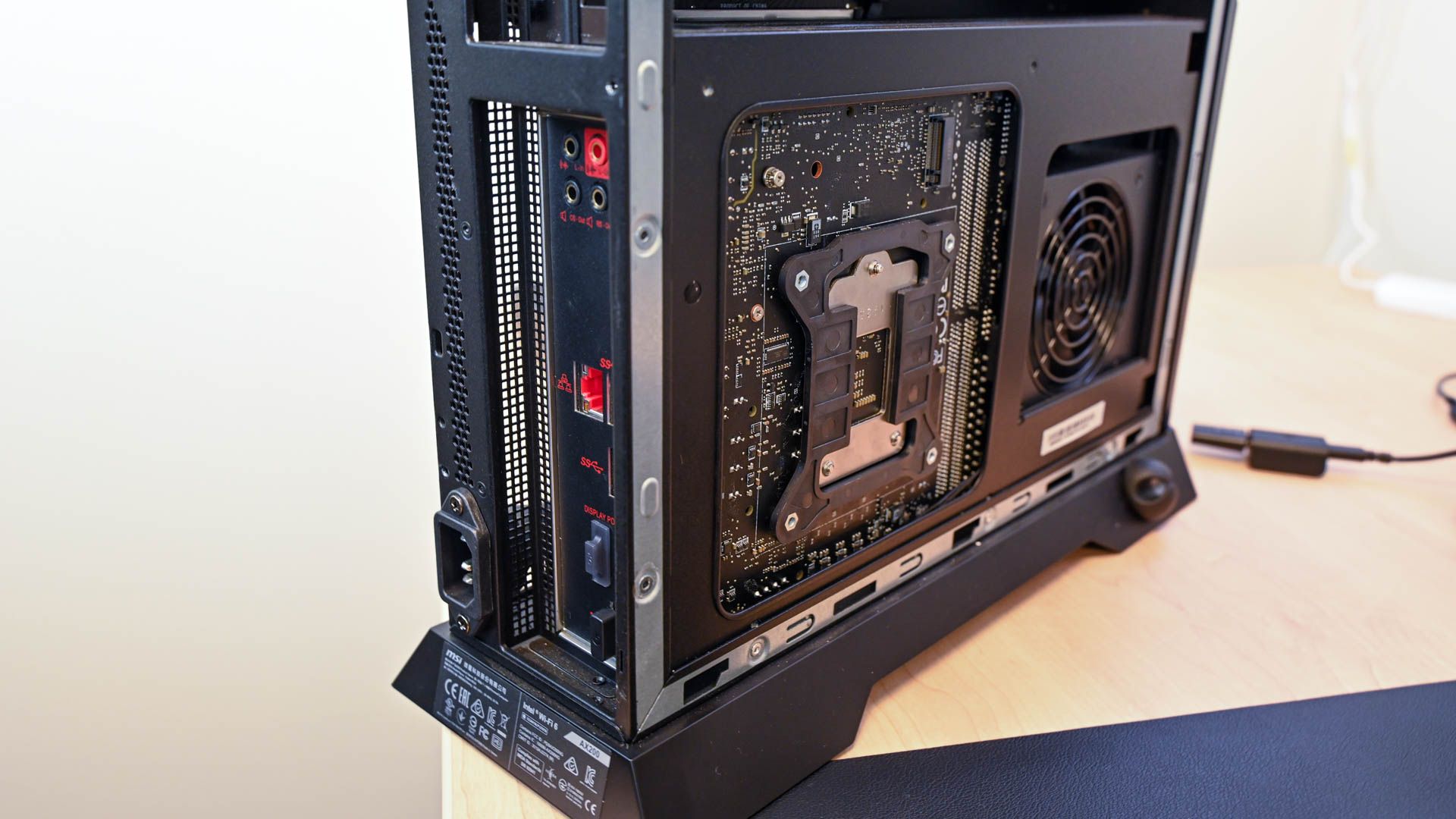trs96
Moderator
- Joined
- Jul 30, 2012
- Messages
- 25,540
- Motherboard
- Gigabyte B460M Aorus Pro
- CPU
- i5-10500
- Graphics
- RX 570
- Mac
- Mobile Phone
Learning the Hackintosh Four Letter Words
Learning these terms is your first step to achieving a fully working hackintosh build. Take your time to study and memorize these so the meaning is second nature. Then you'll be able to communicate with and understand those that are trying to help you have a successful first experience with hackintoshing.
In grade school, you learned the letters of the Alphabet first. Then you combined those together to create words. After that you put those words together into sentences and then paragraphs. In the language of computers and technology it works differently. Long and complex terms often get shortened into abbreviations or acronyms. A universal serial bus port gets renamed as a USB port, a solid state drive is called an SSD.
Each of the four letters represents a word in it’s own right. An acronym is an abbreviation formed from the initial letters of other words and pronounced as a word. Read up on the meaning and learn more background info on these acronyms. There are many informative internet sites dedicated to defining and explaining these too. Use Google search. I've listed only the most important ones for hackintosh owners. There are many more to learn.
The links (in blue) after the following acronyms, take you either to ComputerHope.com, Wikipedia or other sites for further information, written in greater detail.
• ACPI - Advanced Configuration and Power Interface
• AHCI - Advanced Host Controller Interface
• APFS - Apple File System
• BIOS - Basic Input/Output System
• CMOS - Complimentary Metal Oxide Semiconductor (related coin battery)
• DVMT - Dynamic Video Memory Technology
• EHCI - Enhanced Host Controller Interface - controller for USB 2.0
• GUID - Globally Unique Identifier (related to GPT or "GUID Partition Table")
• Kext - Kernel Extension
• NVMe - Non Volatile Memory express SSD - (solid state drive with an M.2 connector)
• PCIe - Peripheral Connect Interface express - (see the video below)
• SATA - Serial ATA (Advanced Technology Attachment)
• SSDT - Secondary System Description Table
• UEFI - Unified Extensible Firmware Interface (Macs use EFI)
• xHCI - Extensible Host Controller Interface - controller for USB 3.0
There are also important three letter acronyms...
- AML - ACPI Machine Language
- CFG - Configuration file setting -- See: Fixing CFG Lock
- DSL - Domain Specific Language
- EFI - Extensible Firmware Interface -- See: Intel's EFI page
- ESP - EFI System Partition - (first small 209MB partition on your boot drive)
- GPT - GUID Partition Table - (the partition scheme used when formatting your drive)
- HFS Plus - Hierarchical File System - A file system developed by Apple. Replaced by APFS.
- MAS - Mac App Store
- MLB - Main Logic Board
- SIP - System Integrity Protection
- SMC - System Management Controller (a physical "chip" on Mac motherboards)
A note about DSDT - Differentiated System Description Table (The most important ACPI table)
Back when Clover was the primary bootloader used by the hackintosh community, many people would edit their DSDT to make it more compatible with macOS. Now that we use OpenCore it's not necessary to do this any longer. In fact, the OpenCore developers discourage the use of a customized/edited DSDT with OpenCore. You will actually require some custom SSDTs which modify or replace specific parts or sections of the DSDT.
I'll add two of my own four letter acronyms...
- FSMC - Fake SMC (System Management Controller) - a kext that emulates the SMC chip in real Macs
- VSMC - Virtual SMC - The successor to Fake SMC. A new kext that is still in active development.
Config.plist - property list - More specifically, an XML property list. XML is a markup language that shares a lot of similarities with HTML. You will edit your config.plist with an editor such as PlistEditPro or ProperTree.
A config.plist file can be compared to the .ini file in Windows. It holds all the settings for a program to use, in this case, you can look at the bootloader as if it were a program. In this file you can adjust all the settings the bootloader supports, the bootloader will read these settings, and apply them to your macOS installation so that you can boot it on your PC.
It's a good idea to copy and paste these acronyms into a text document (or take a screenshot) that you'll save on your desktop for easy reference. May you experience great success and fully enjoy your new Hackintosh computer !
Beginners will also be interested in learning about OCAT. OCAT is an app like Hackintool that serves various functions to help you build and maintain your OpenCore EFI folder. It's main advantage over manual EFI creation is that it gives beginners a graphical user interface. You can also download pre-configured EFI folders specific to your motherboard's chipset. Then all it takes is some edits to fine tune the EFI for the rest of your hardware.

Beginners Guide to using OC Auxiliary Tools App (Also known as OCAT)
In this thread, OpenCore bootloader will be referred to as OC. OCAuxiliaryTools will be shortened to OCAT. What exactly is OCAT ? OCAT is an app like Hackintool that serves various functions to help you build, edit and maintain your OpenCore EFI folder. It's primary advantage over manual...
 www.tonymacx86.com
www.tonymacx86.com
Last edited:

